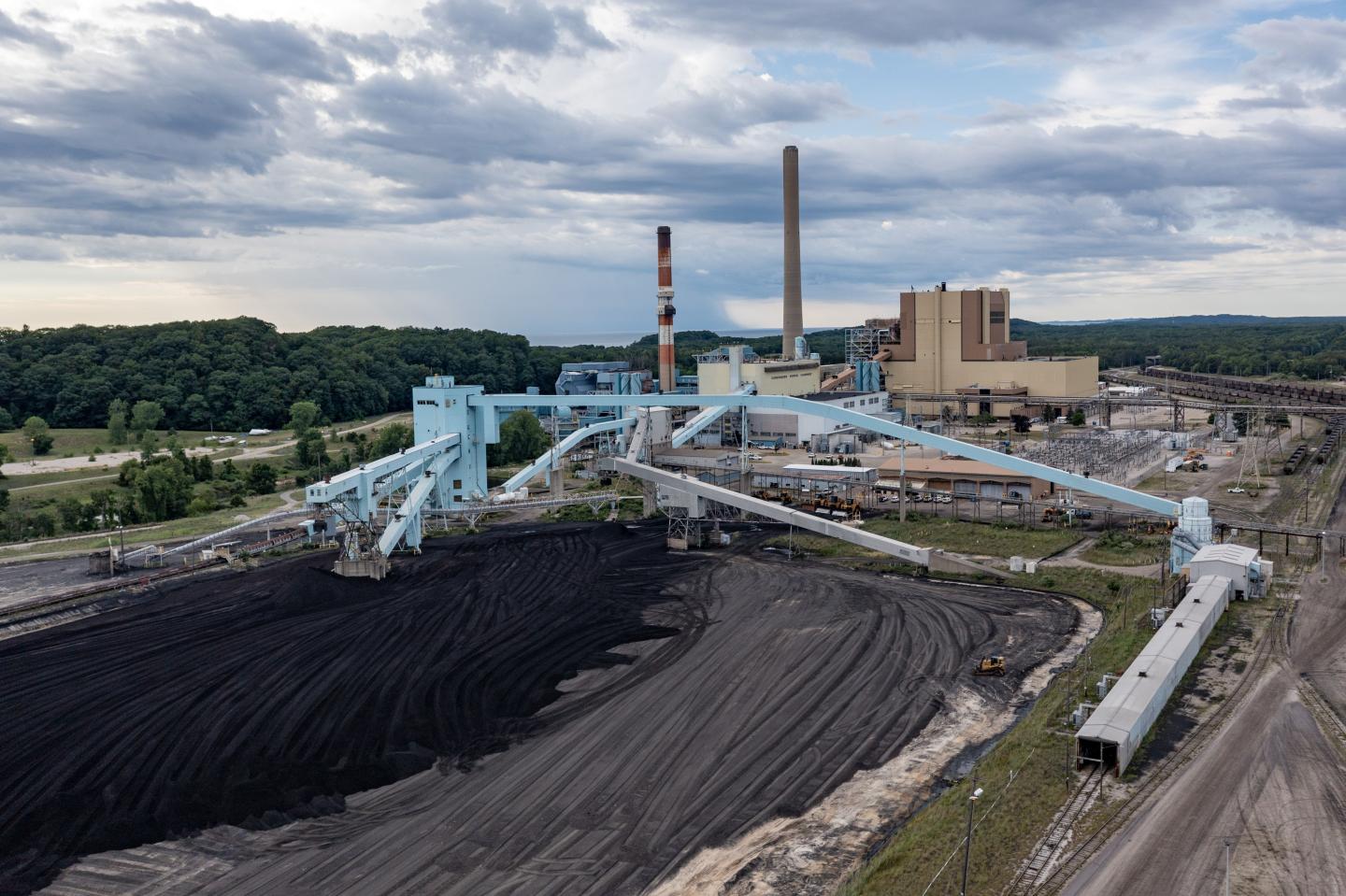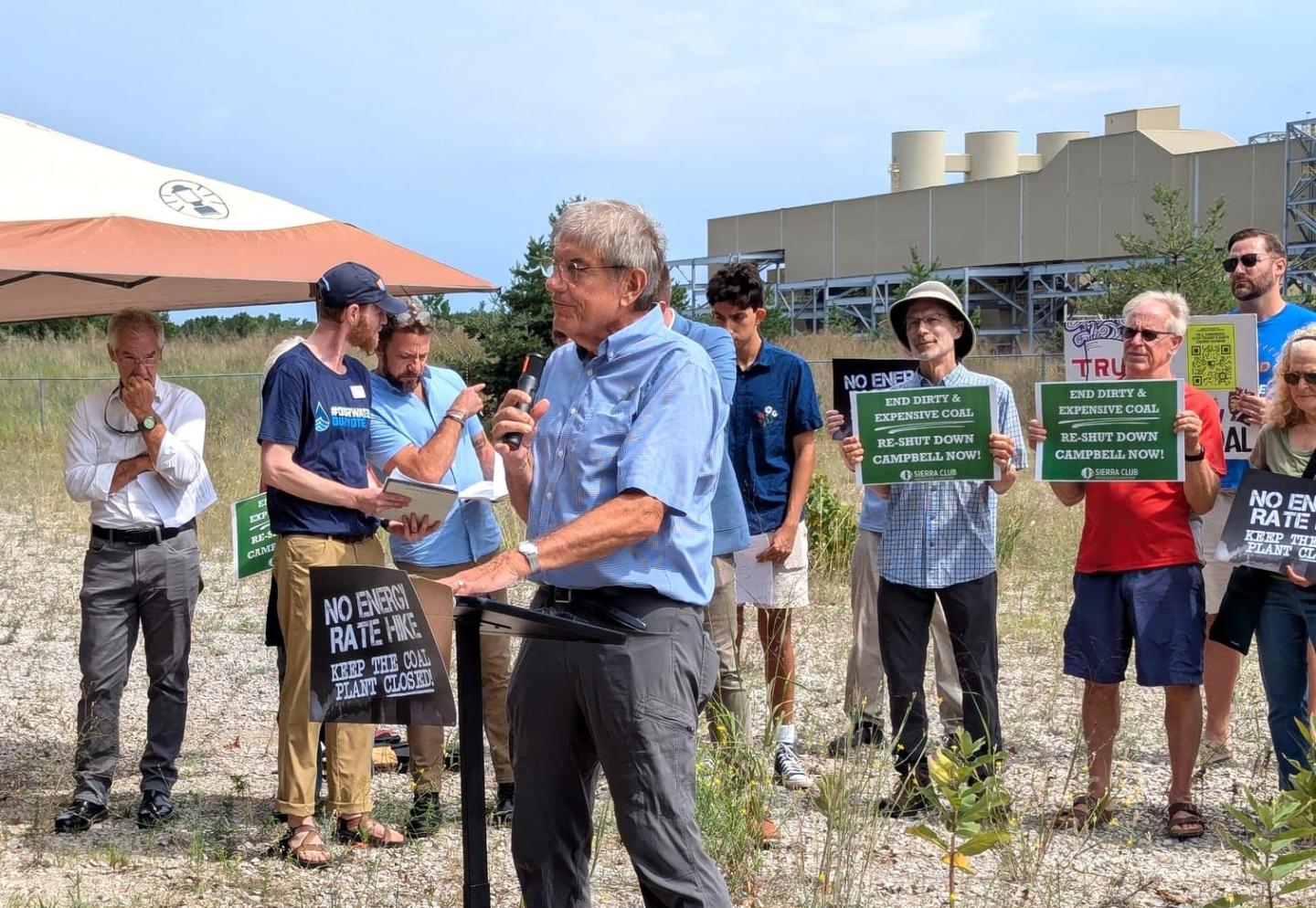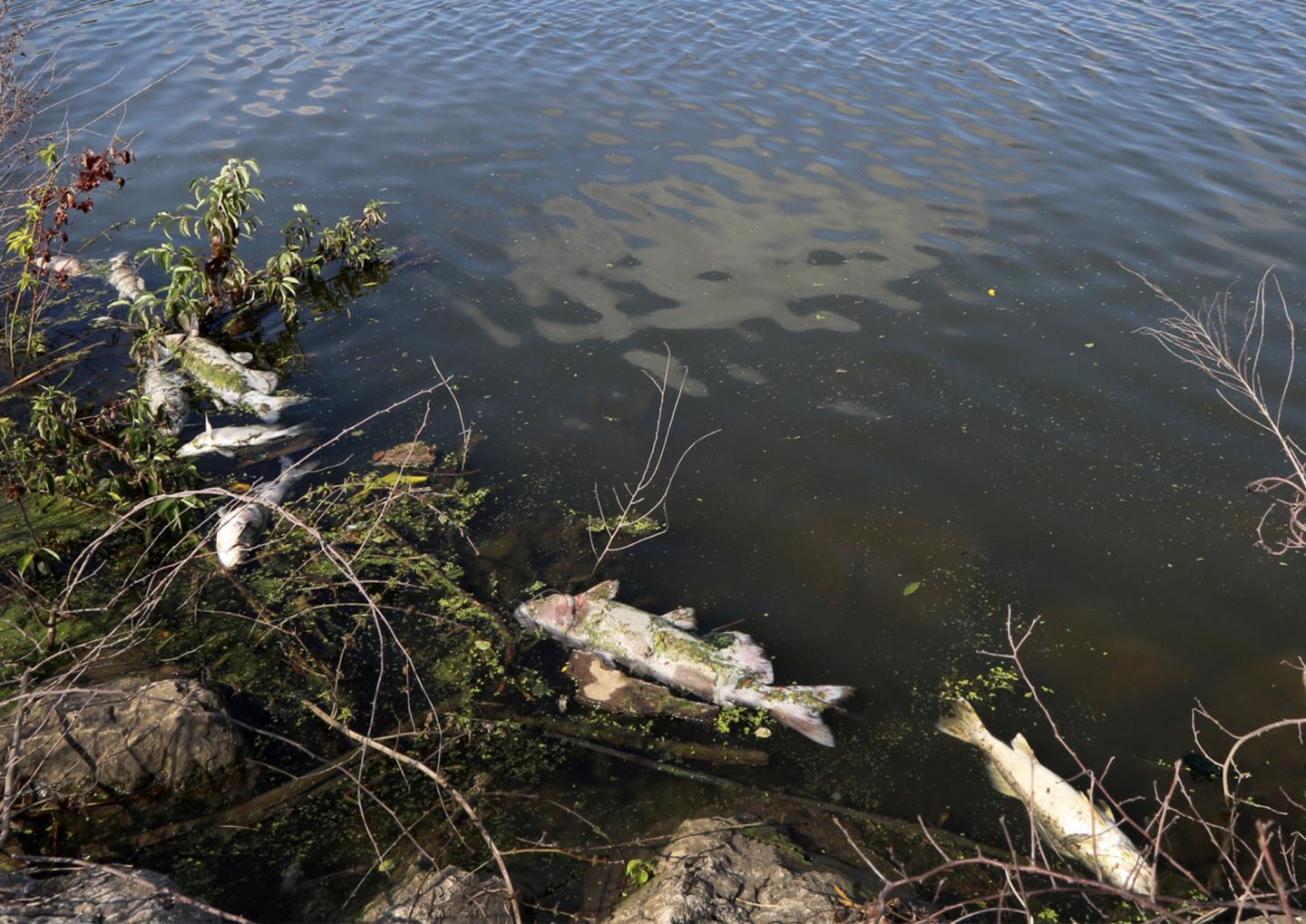Aging coal power plants, forced to stay open by Trump administration, are costing consumers millions
Electricity customers in 11 Midwestern states will have to pay $80 million to cover the cost of running an unneeded power plant.
The J.H. Campbell coal-fired power plant, one of the worst polluters in Michigan, was slated to close on May 31, 2025. Consumers Energy, the utility that owns the 60-year-old plant, had projected closing the expensive, inefficient facility would also save families in the region as much as $600 million dollars in energy bills by 2040.
“My family had a countdown for it closing, we couldn’t wait,” Mark Oppenhuizen, who lives near the plant in Port Sheldon, told The Guardian in August. Oppenhuizen believes the power plant’s pollution is linked to his wife’s worsening lung disease.

But one week before the planned closure, the Trump administration illegally imposed an emergency order requiring the plant to stay open for 90 days. It was the first strike in a series of government orders and bailouts aimed at keeping fossil fuel power plants open past their scheduled retirements — even though they are driving up electric bills and exposing residents to dangerous air, water and climate pollution.
In August, the administration ordered the Campbell plant to stay open through November, citing the need for more electricity to supply data centers.
In November, the Trump administration extended the order again.
Consumers Energy reported that keeping the Campbell plant open resulted in a net loss of over $80 million through the end of September – over $600,000 a day. The utility says it will seek to recover the cost, which continues to accumulate, from customers in Michigan and 10 neighboring states.
“Imagine the price shock for people hit with higher bills,” says Ted Kelly, U.S. clean energy director for the nonprofit Environmental Defense Fund.
EDF and eight other public interest groups, as well as the Michigan attorney general and officials from other states, are suing the U.S. Department of Energy in federal court to stop the extensions.
Environmental news that matters, straight to your inbox
“If you want abundant energy to keep up with increasing demand from data centers, and you want it at the lowest cost, keeping old, unreliable coal plants open isn’t the way to go,” says Kelly. “Clean energy is.”
“The original plan to shift to cleaner, less expensive energy was far better for people’s wallets and their health.”
Pollution from power plants spreads
The Campbell complex, located alongside the Pigeon River and Lake Michigan’s sandy shores, has been one of Michigan’s largest polluters for decades. Every year it releases millions of pounds of dangerous air pollutants — particulate matter, ozone, nitrogen oxides and heavy metals like lead and arsenic.
According to public health experts at the nonprofit Clean Air Task Force, the plant is responsible for 44 premature deaths annually, along with 18 heart attacks each year, 455 asthma attacks and more than 2,203 lost days of work.
The Grand Rapids metropolitan area, 30 miles east of the Campbell plant, ranks 27th on the American Lung Association’s list of most polluted metropolitan areas for ground-level ozone, which can trigger and even cause asthma, emphysema and chronic bronchitis. On particulate matter, linked to asthma, heart attacks and premature death, the metro area gets a “D” from the ALA.
The impact isn’t just local, though, says Dr. Steve Ashmead, who saw a steady stream of patients with air pollution-related diseases in his 40 years as a family physician and professor at Michigan State University’s medical school in Grand Rapids. “When you look at the flow of pollution,” Ashmead says, “it really spreads out across the whole state of Michigan because the air currents are going from west to east.”

Campbell also emits 9 million tons of carbon dioxide annually — almost 2 million gas-powered cars-worth of climate pollution.
Lake Michigan and local water sources have not been spared either. Roughly 100,000 pounds of water pollution from the plant pour into the lake annually, including 10,000 pounds of toxic metals. A monitoring well near the plant showed arsenic levels that were 5.7 times the federal limit for drinking in 2017.
“You hear a lot of anxiety from people in the area,” Ashmead says. “They’re not sure they should continue to live there. They’re not sure how many of their health problems are attributable to living there.”

Coal power is the most expensive option
When Consumers Energy announced in 2021 that it would close the power station, it was an "economic decision,” a company spokesperson said. Running the 60-year-old coal plant would have been more expensive than replacing it with resources already on the grid and with new, local wind and solar power connected to battery storage.
“Michigan leaders, regional planners and utility executives spent years creating a careful plan to close the Campbell plant and switch to cleaner, cheaper, reliable energy sources for good reasons,” Kelly says.
U.S. Energy Secretary Chris Wright has claimed that keeping fossil fuel plants open will ensure reliability — “so we can keep the lights on.” But the Campbell plant hasn’t been needed. On June 23, when electricity was in high demand, and the U.S. Department of Energy claimed that supply from the Campbell plant was a must, the regional grid operator said there was a surplus of electricity on the grid equal to 10 times the amount of power provided by the plant.
Likewise, the plant has been anything but reliable. On that same high demand day, for instance, only one of the plant’s three generating units was working. One had been broken for weeks and the third cut out abruptly. The DOE’s order requires repairing these units, rather than shutting them down, which will drive electricity bills even higher.
In fact, the idea that fossil fuel plants are the country’s most reliable forms of energy — that coal plants operate 24/7 — is a myth. A 2023 report by a nonprofit group of electricity industry experts found coal plants are available to supply electricity, on average, only 83% of the time, and many coal plants work even less.
Clean energy is cheap, abundant energy
The U.S. Department of Energy has illegally forced two fossil fuel power plants to stay open since President Trump took office. The Environmental Protection Agency is rejecting state clean air plans that would phase out coal power stations. And Energy Secretary Chris Wright recently announced new subsidies for coal power totaling $625 million.
But doubling down on fossil fuels will not make energy more affordable or abundant. Building new coal and gas power plants is more expensive than building wind and solar power, according to a June 2025 analysis from the financial advisory firm Lazard.
Wind and solar power also create none of the climate change that is driving up the cost of everything from home insurance to chocolate. And clean energy is ready to come online now, unlike gas plants, which are experiencing years-long manufacturing delays for turbines. New coal plants would also take years to bring online.
Though candidate Trump campaigned in 2024 on the promise to cut household energy costs in half, forcing coal power plants to stay open moves consumers farther from that goal.
“Expensive power plants like these,” says Kelly, “aren’t necessary to keep the grid running even during the hottest parts of the summer or the coldest parts of the winter.
“The best, least expensive way to help keep consumer costs down and ensure reliability is to move clean energy forward."